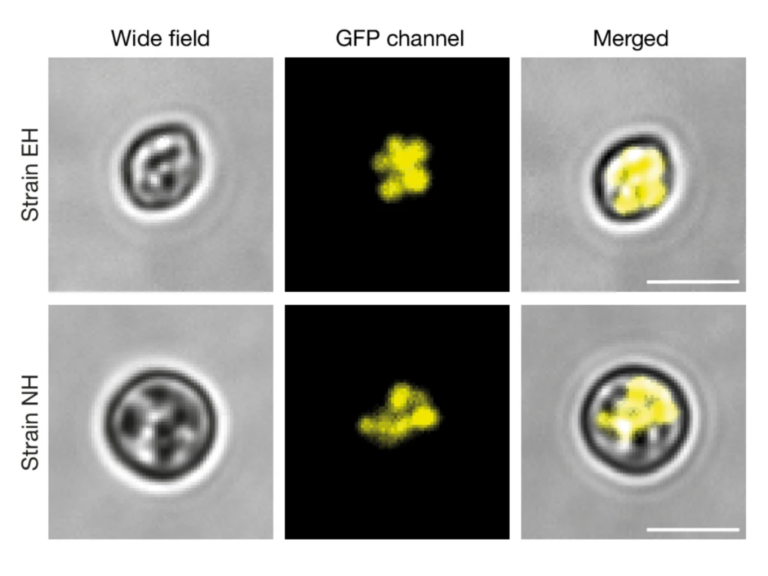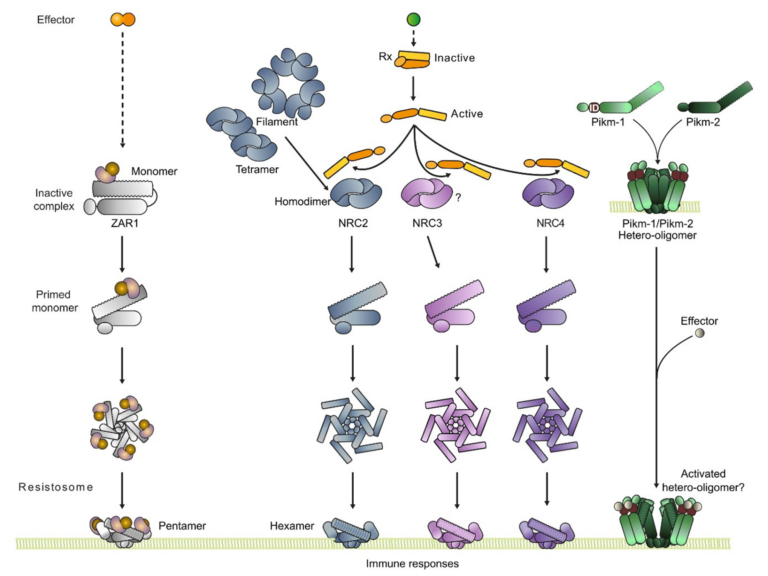The emerging role of septins in fungal pathogenesis
Fungal pathogens undergo specific morphogenetic transitions in order to breach the outer surfaces of plants and invade the underlying host tissue. The ability to change cell shape and switch between non-polarised and polarised growth habits is therefore critical to the lifestyle of plant pathogens. Infection-related development involves remodelling of the cytoskeleton, plasma membrane and cell wall at specific points during fungal pathogenesis. Septin GTPases are components of the cytoskeleton that play pivotal roles in actin remodelling, micron-scale plasma membrane curvature sensing and cell polarity. Septin assemblages, such as rings, collars and gauzes, are known to have important roles in cell shape changes and are implicated in formation of specialised infection structures to enter plant cells. Here, we review and compare the reported functions of septins of plant pathogenic fungi, with a special focus on invasive growth. Finally, we discuss septins as potential targets for broad-spectrum antifungal plant protection strategies.


